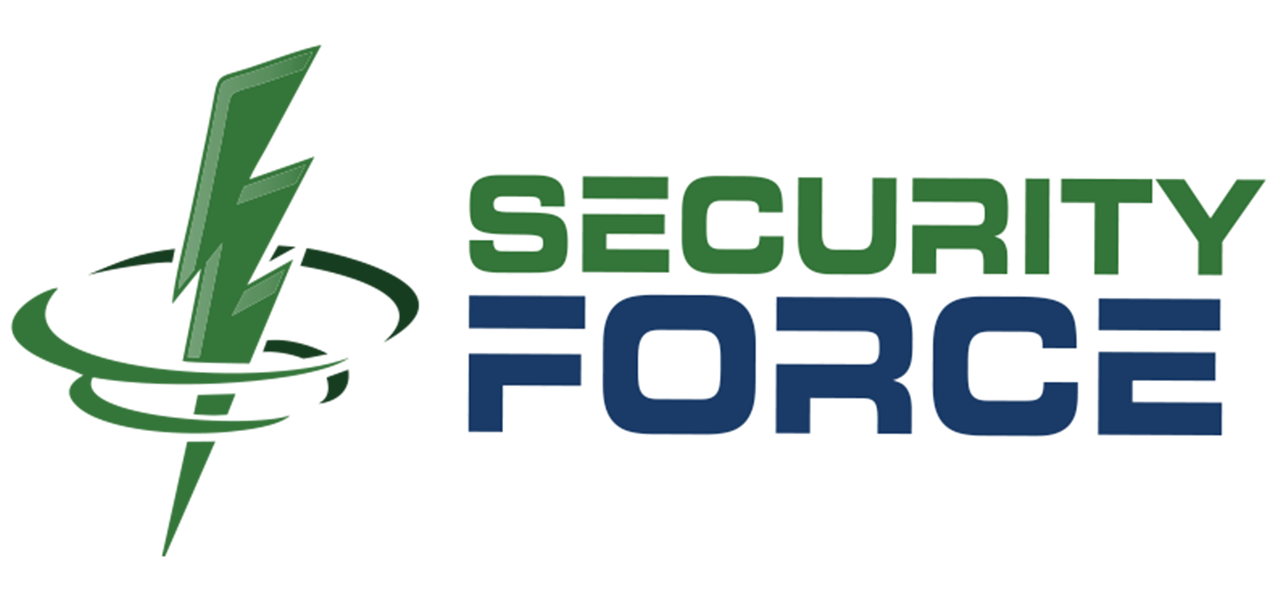If you’ve ever filled out a deposit slip or signed a check at a bank, you’ve probably noticed something curious: some banks have pens chained to the counter. Others offer a jar of free branded pens, practically begging you to take one home. What’s going on here?
On the surface, this seems like a small, even silly detail. But the way a bank treats its pens actually reveals something deeper: a philosophy of security. And not just about office supplies—about people, trust, risk, and the broader strategies organizations use to protect themselves.
Let’s take a closer look at what those pens are really saying.
The Chained Pen: A Philosophy of Control
When a bank chains its pens to the counter, it’s sending a clear message: we don’t trust you not to steal this. That might sound harsh, but it’s not necessarily wrong. Pens disappear. Customers absentmindedly pocket them. Over time, those losses add up.
By chaining the pen, the bank is controlling its environment. It’s creating a physical barrier to a small but persistent form of loss. It’s a form of “loss prevention,” just like putting cameras in retail stores or keeping the liquor cabinet locked at a bar.
But it also creates a particular tone. Even if it’s subconscious, the customer experience shifts slightly. There’s a sense that everything is under watch, that even the most minor items are tightly managed. In this kind of environment, customers may be more careful and respectful—but they might also feel a bit more like suspects than guests.
This is the same kind of security philosophy that leads to more visible guards, restricted access doors, and long lists of rules. It’s not always bad—some situations genuinely require this level of control—but it speaks to a mindset where prevention and restriction are king.
The Free Pen: A Philosophy of Trust
Now consider the other approach: a jar of free branded pens, available to anyone. No chains. No signs. No limits. In fact, the bank may actively encourage you to take one.
Here, the bank is operating from a very different security philosophy. They know people are going to take the pens anyway, so instead of fighting that reality, they’re leaning into it. If they’re going to lose pens, they might as well gain some goodwill and free advertising in the process.
This is a security model based on trust, incentives, and acceptance of small losses in exchange for long-term benefits. It assumes that most people are honest. It builds a relationship instead of guarding against one.
And it sends a subtle message to customers: “We’re not worried about the small stuff. We’re focused on serving you.” That builds confidence, loyalty, and a sense of partnership.
What Pens Can Teach Us About Security Strategy
Believe it or not, the choice between a chained pen and a free pen reflects broader principles that apply to every organization’s approach to security:
- Are we focused on preventing every small loss, or are we optimizing for bigger-picture value?
- Do we trust our users or customers to behave well, or do we expect bad behavior by default?
- Is our security designed to control people, or to empower them?
- Are we using our security tools as barriers, or as extensions of our brand?
There’s no universally right answer. A high-security facility might need to “chain its pens.” A community credit union might benefit more from the goodwill of giving them away. The key is to match your security model to your mission, your audience, and your values.
The Bottom Line
The pens at your bank aren’t just about ink—they’re about insight. Whether they’re chained down or given freely, they tell a story about how that institution views risk, trust, and the people who walk through its doors.
So next time you sign a form at the counter, look down. That humble pen might be revealing more than you think.

